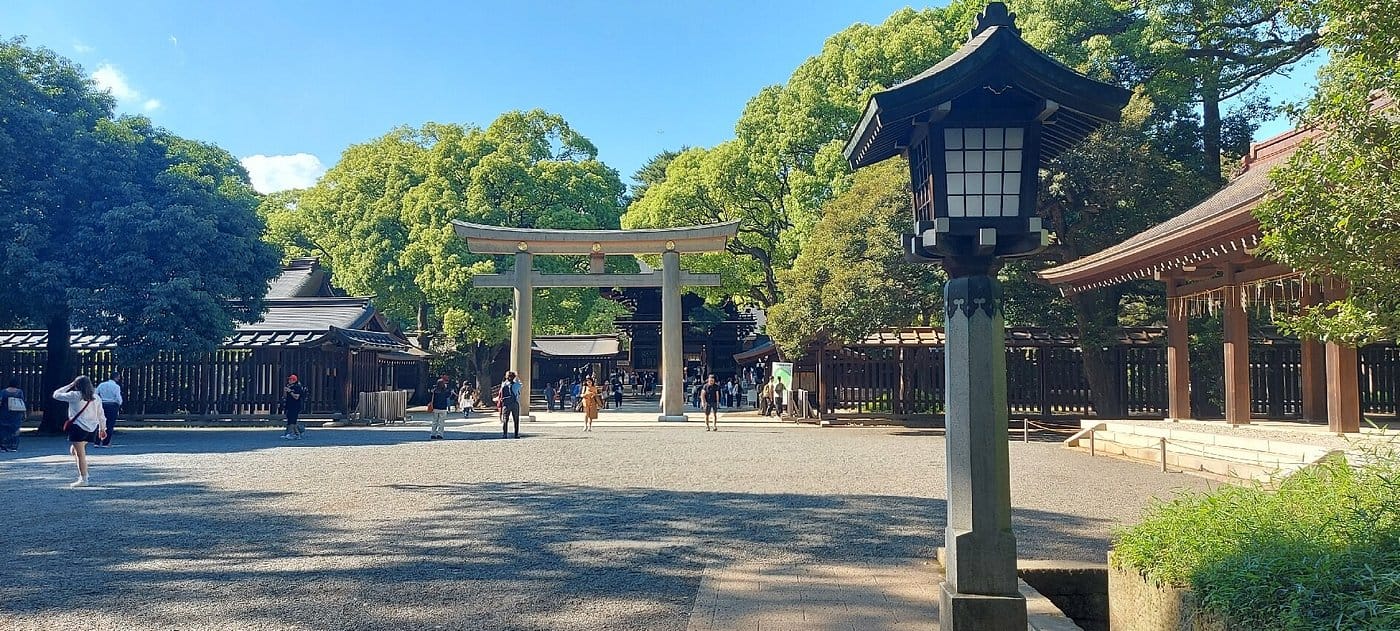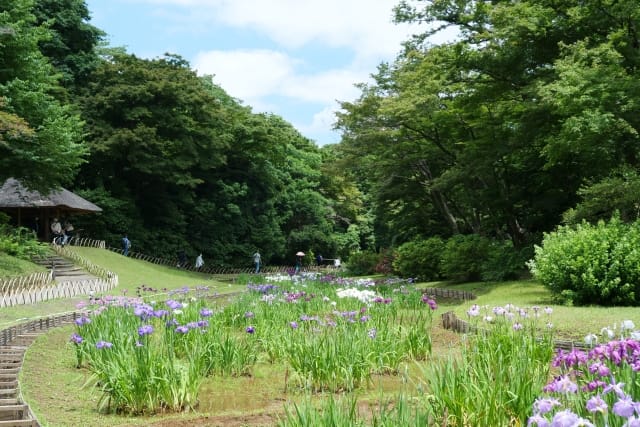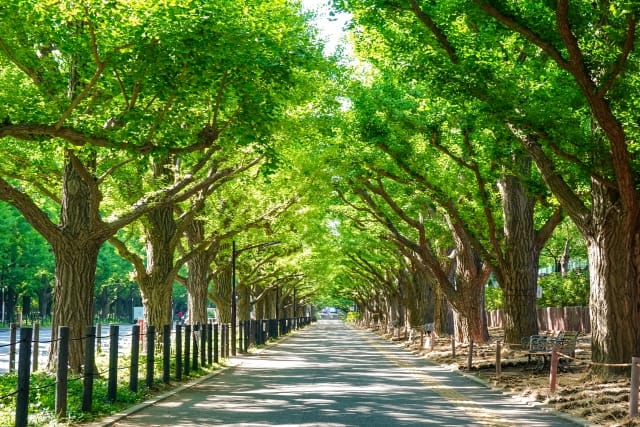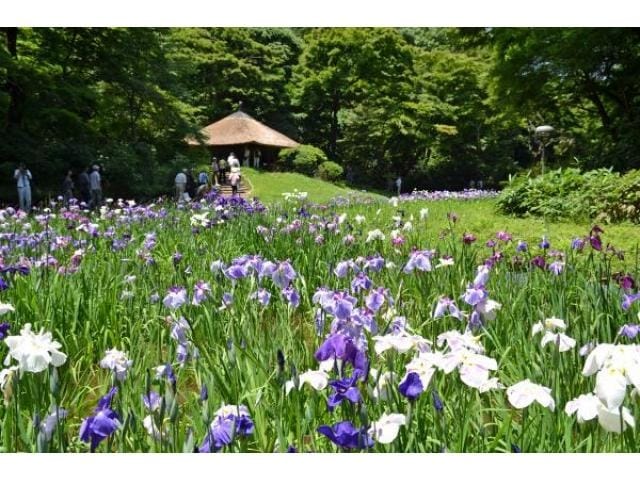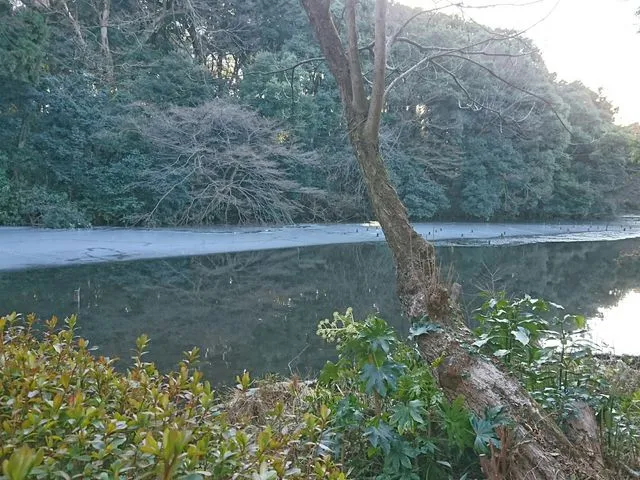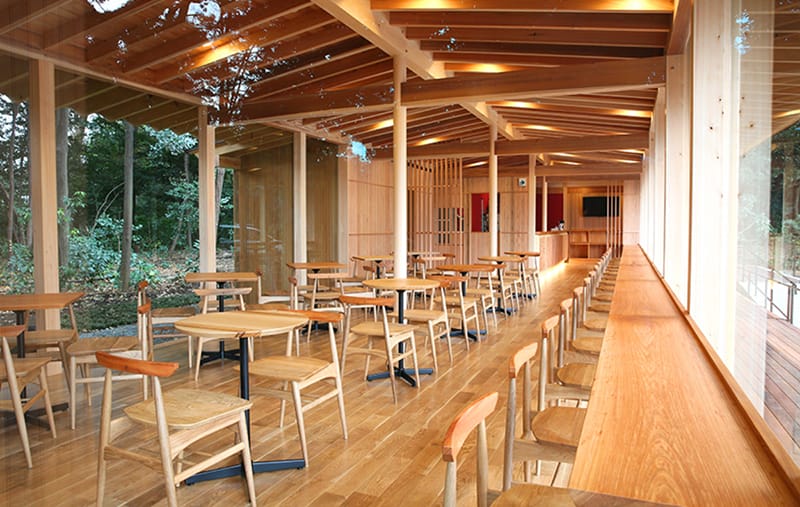Shibuya is the source of Japanese youth culture. It is famous as "one of the busiest places in the world" with many attractions like the scramble crossing and the Hachiko statue.
There are many popular spots for fashion, music, game centers and more that are popular with young people. It is also now popular as the setting for anime. Currently in the midst of redevelopment said to happen once in a hundred years, the ever-changing town always attracts interesting people, things, and shops.
With art museums, live houses, and clubs, it is popular with adults who can enjoy art and music as well. There are many restaurants open late into the night, earning it the name "the city that never sleeps."
While having a lively image, Shibuya Ward also has many shrines and temples. Among them, the shrine with the most worshippers is Meiji Jingu Shrine. This time, I'll introduce Meiji Jingu Shrine.
What is Meiji Jingu Shrine?
Source: TripAdvisor
A Shrine Enshrining the Emperor
Meiji Jingu Shrine was built relatively recently in 1920. It enshrines Emperor Meiji, who reigned during the Meiji era from 1868 to 1912, and his consort.
After the passing of Emperor Meiji and his wife, there was a strong desire among the people to enshrine the deceased imperial couple, leading to the construction of the shrine.
Since its founding, the shrine has continued to pray for the prosperity of the imperial family and Japan, as well as world peace. The busiest time for worship is the new year's first visit, but festivals and events are held throughout the year. Many also visit for weddings or to pray for the growth of children. It is said to have the highest number of worshippers in Japan.
Until World War II, there used to be a ranking system for shrines. Higher ranked shrines had endings like Jingu or Taisha. "Jingu" as used in Meiji Jingu Shrine indicates it is a high-ranking shrine associated with the emperor.
A Green Shrine in the Urban Center
The nearest stations to Meiji Jingu Shrine are Harajuku Station and Yoyogi Station. While located in a densely populated area of Tokyo, the shrine is covered in trees to an extent that makes it hard to feel like you're in the city. The forest surrounding the shrine is said to be 700,000 square meters wide.
If you're feeling fatigued by the many buildings and urban air, a visit to Meiji Jingu Shrine may provide a breath of fresh air. The shrine grounds, home to rare plants, animals and insects, can feel like an urban oasis. As a place that enshrines deities and prays for world peace, some may sense a serene, sacred atmosphere.
The vast shrine grounds have many highlights worth seeing. Just worship takes 30 minutes to walk around, while seeing all the highlights takes 2-3 hours. It's recommended to go early in the morning when there are fewer worshippers.
Highlights of Meiji Jingu Shrine
The Eternal Forest
While Meiji Jingu Shrine is now surrounded by a vast forest, the area was more like a barren field over 100 years ago when it was built. What turned it into today's forest was the work of forestry experts at the time of construction as well as many volunteers and donors.
Those involved in planning the shrine's construction felt an "eternal forest" befitted a place enshrining Emperor Meiji and where people could quietly offer prayers. Trees were donated from all over the country in support of this plan, with around 100,000 trees gathered. Additionally, 110,000 youths volunteered in the construction work.
100 years later, the forest has grown large and rich, with endangered species and precious flora and fauna now confirmed there. The forest created through so many people's cooperation watches over those visiting the shrine to pray.
Meiji Jingu Gyoen (Garden)
South of the main shrine building lies the Meiji Jingu Gyoen. This area was originally the garden of a samurai residence during the Edo period.
In the Meiji era, it is said that Emperor Meiji instructed the area be renovated for his sickly wife's exercise. Unlike intricate Japanese gardens, its defining feature is walking paths designed to take advantage of the varied terrain.
Consideration seems to have been given to allowing leisurely strolls through nature. It is said Meiji Jingu Shrine was built in Shibuya because this garden for the wife already existed there.
Opening hours are 9:00-16:30 from March to October, 9:00-16:00 from November to February, and 9:00-17:00 (Sat/Sun until 18:00) in June. Admission is 500 yen.
Meiji Jingu Gaien
Meiji Jingu Gaien is a park with an art gallery, baseball field, and rugby field located about 2km from Meiji Jingu Shrine. It was built in commemoration of Emperor Meiji and his wife. The ginkgo tree-lined avenue famous for turning yellow in autumn is a highlight. It's best accessed from Meiji Jingu Shrine by subway or bus.
The Meiji Memorial Picture Gallery in Meiji Jingu Gaien exhibits over 80 paintings praising the achievements of Emperor Meiji.
The transition from the Edo to Meiji era was a period of major westernization changes. This gallery allows visitors to view the life events of Emperor Meiji, who reigned during this transformative period, in chronological order through paintings, making it a valuable resource.
<Information>
- Address: 1-1 Kasumigaoka-cho, Shinjuku-ku, Tokyo
- Closed: Wednesdays (open on holidays, closed the next weekday)
- Tel: 03-3401-5179
- Hours: 10:00-16:30 (last entry 16:00) *Dec 29
- Jan 3: 10:00-16:00 (last entry 15:30)
- Admission: 500 yen
- Official website: http://www.meijijingugaien.jp/art-culture/seitoku-gallery/index.html
Iris Flowers
Source: Jalan
While the Meiji Jingu Garden offers seasonal flowers and scenery, the iris flowers are particularly famous. It is said that around 80 varieties were originally planted at Emperor Meiji's suggestion when the garden was first constructed.
Today, there are around 150 varieties with approximately 1,500 iris plants blooming. Rather than viewing the flowerbeds from afar, the paths are designed for strolling and admiring the beautiful flowers up close.
Iris varieties are classified by flower color, how the petals droop, number of petals, and more, with each being given a beautiful name.
Along the paths are small arbors where you can stop and appreciate the differences between varieties while enjoying a leisurely stroll. The iris blooming season is from early to mid-June.
Nanchi (South Pond)
Source: Jalan
In the Meiji Jingu Garden, there is a pond called Nanchi. This pond is part of the upper reaches of the Shibuya River that flows into Tokyo Bay.
The water source for Nanchi is the "Kiyomasa no Ido" spring, one of the largest natural springs in Tokyo. You can see it up close after entering the garden. It produces 60 liters of water per minute at a constant 15°C temperature all year round - a beautifully clear, enduring spring.
In summer, lotus and yellow aquatic flowers bloom, while migratory birds visit from late autumn through winter, allowing one to sense the rich cycles of nature at Meiji Jingu Shrine. The spot where the empress enjoyed fishing, releasing all caught fish back into the water, still remains.
CAFÉ "Forest Terrace"
Source: Official website
CAFÉ "Forest Terrace" is located near the entrance to Meiji Jingu Shrine. To create a sense of unity with the shrine, the building uses domestic wood as well as wood donated during the shrine's construction that had withered.
The concept of Meiji Jingu's forest is "rebirth and recycling." You can take a break at this cafe imbued with the spirit of the sacred forest where prayers reside. The outdoor terrace seating is recommended on nice weather days.
A recommended menu item is the iced Meiji Mountain Tea Latte, a matcha latte topped with plenty of fresh cream. In warmer months, the gelato is also recommended, with seasonal flavors like sakura (cherry blossom) gelato available in spring.
Website: https://www.meijikinenkan.gr.jp/forestterrace/facility/moricafe.html
The Best Season to Visit Meiji Jingu Shrine
Meiji Jingu Shrine is surrounded by a vast forest home to precious flora and fauna, so you can enjoy the workings of nature in every season.
In spring, around 10 varieties of cherry blossoms bloom along with azaleas and other flowers. From spring through autumn, various flowers continue blooming, but the most recommended time is early to mid-June when 1,500 iris plants are in full bloom - the garden's busiest period.
Summer sees lotus flowers and lilies blooming. With abundant trees, it feels refreshingly cool - you may even spot waterbirds and butterflies. In autumn, flowers like Japanese bushclover and lespedeza bloom, while ginkgo and maple trees start showing fall colors in November. Wintering and migratory birds can potentially be seen in winter.
Points to Be Aware of When Visiting Shrines
There are no strictly enforced rules or protocols for worshipping at shrines. However, as they are considered sacred places with deities enshrined, it's important to show proper respect when visiting. Here are some common points of shrine etiquette:
- Bow when passing through a torii gate
- Don't walk down the center of the worshipper's path
- Gently place offering money in the offertory box
It is said that you should bow as a way of greeting the deities when passing through a torii gate. Many will bow especially when going through the first torii gate as a way of saying "excuse me," and again after exiting the last one as "thank you."
The center of the path leading to the main shrine building is considered the deities' path, so be sure to walk along either side to avoid obstructing it.
Access to Meiji Jingu Shrine
Meiji Jingu Shrine is a 1-minute walk from Harajuku Station. It's a 3-minute walk from Sangubashi Station, 5 minutes from Kitasando Station, and 5 minutes from Yoyogi Station.
Since it takes over 10 minutes to walk from the entrance to the main shrine building, plan to take your time strolling the grounds when visiting.
Information for Meiji Jingu Shrine
- Address: 1-1 Yoyogikamizonocho, Shibuya-ku, Tokyo
- Closed: None
- Tel: 03-3379-5511
- Hours: Open from sunrise to sunset (open/close times vary by month)
- Official website: https://www.meijijingu.or.jp/
- Admission: Free (Meiji Jingu Garden is 500 yen)

